FORGOTTEN WATERWAY OF BUCA: KANGÖL
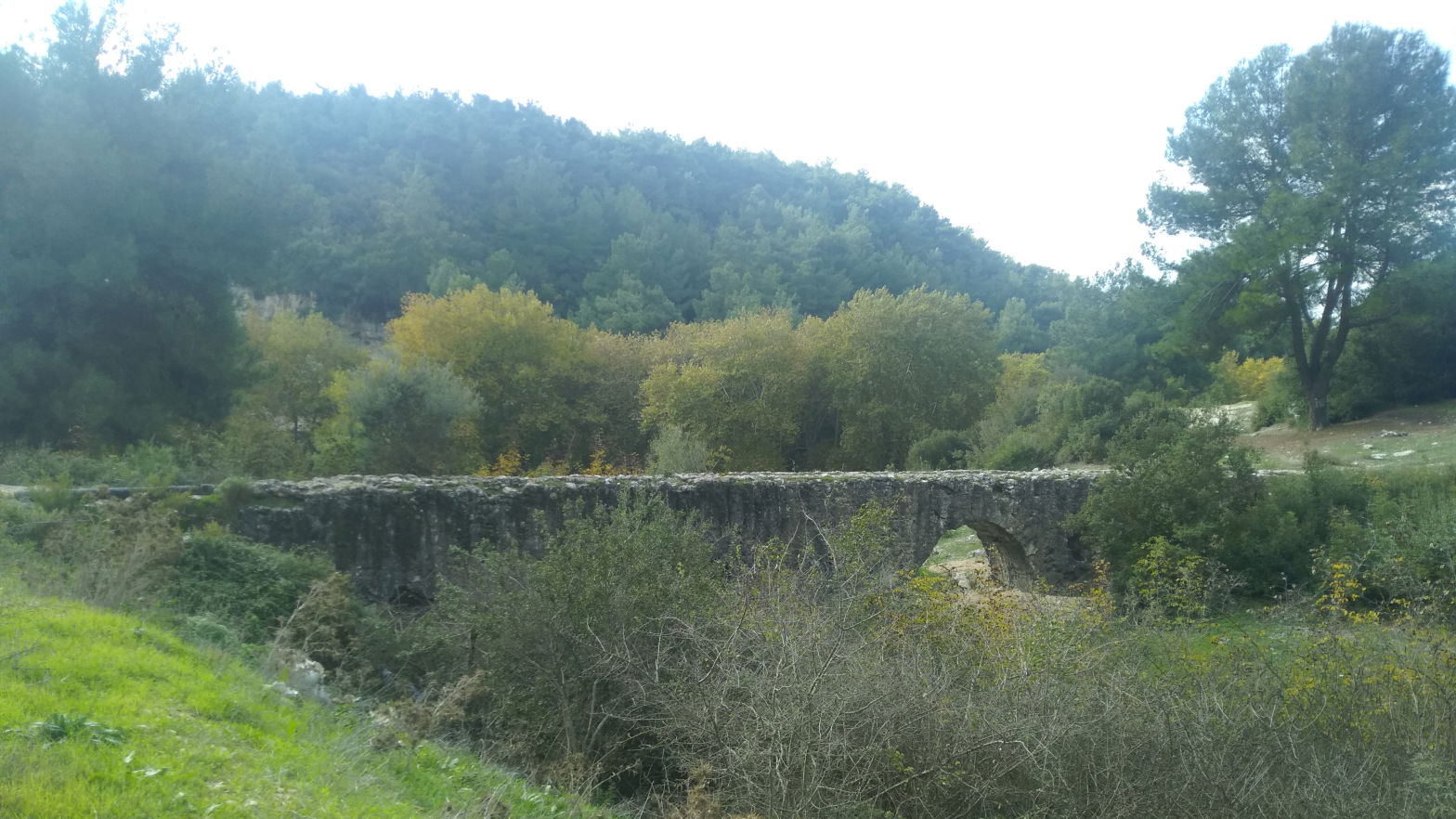
The water resources in the rural areas of Buca have given life to the surrounding settlements since ancient times. The Romans, who reigned in the region in the 2nd and 4th centuries BC, built an aqueduct spanning the Hagia Anna Valley and ensured that water was transmitted to Kadifekale from there. It is estimated that the source of this water is Kozağaç or Osmanağa source.
During the Ottoman Period, water needs continued to be met through aqueducts and pipes. Osman Agha in 1654 and Vizier Ahmet Pasha, who had the Vezirsuyu aqueduct built in 1674, ensured that the waters arising from the Kızılçullu plains flowed to Izmir with the waterways named after them.
There is another water source in the Buca countryside, the name of which is less heard than the others. However, the water of Buca village was supplied from this source for a significant part of the 1800s and 1900s. Kangöl became the lifeblood of Buca during this period.
(Note: In Turkish sources closer to today, it is generally referred to as Kangölü, but the name Kangöl is used in all old sources.)
– History of Kangöl waterway –
Interestingly, although Kızılçullu in the west of Buca, Kozağaç and Kangöl regions in the south and Tahtalı region in the east are very rich in terms of water resources, it is understood that Buca village suffered from water shortage during the Ottoman Period. The Duke of Ragusa, who visited Buca in 1835, stated that although Buca had very beautiful mansions, water was scarce and water scarcity caused a decline in agricultural products. In his book titled "Buca: Izmir's flower village" published in 1962, Kararas stated that the soil of Buca was arid, and although there were a few fountains in the middle of the village, the water became scarce in the summer and the taste of the water was not good. In the source titled "Ismeer or Smyrna and its British hospital in 1855" written by Martha Nicol in 1856, attention is drawn to the wide and deep wells in the vineyards in Buca.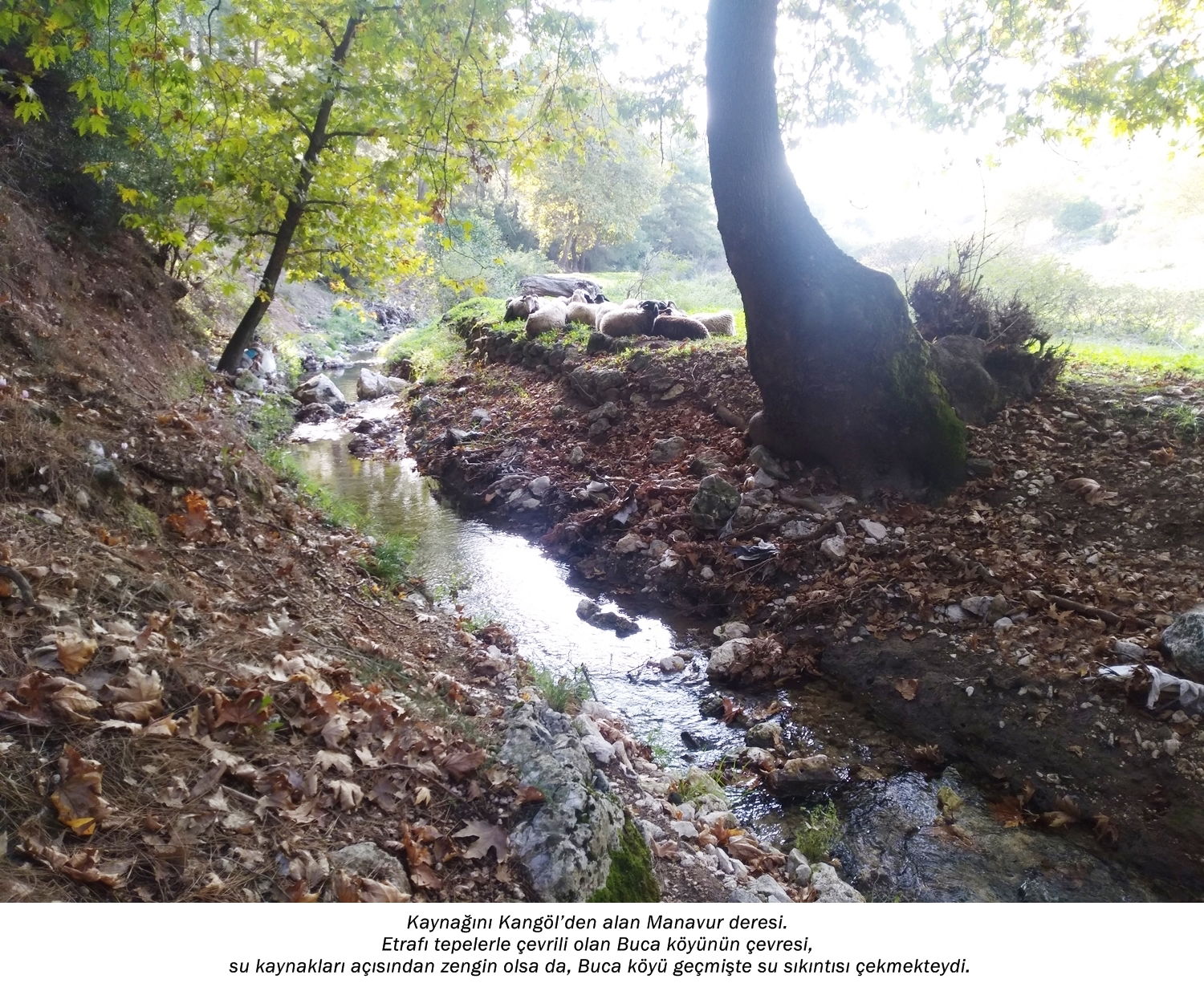
The water needs in Buca were met from wells until the mid-1800s, but the wells in Buca were not sufficient for Buca, whose population was increasing at that time. Thereupon, the people of Buca rolled up their sleeves to bring one of the local water resources to the village. Of course, not all sources are suitable for bringing water. Some springs have poor water quality. The soil type of some springs prevents the establishment of a waterway. It is not possible to bring water from some sources due to the altitude. Considering all options; The decision was made on the Kangöl spring, which is easier to control since its water comes out of a cave and is also not far from Buca. According to Ottoman documents, permission was received from the state to bring water from Kangöl in July 1846. The expenses were covered by the people of Buca. As a result, it is stated that Buca has access to mains water.

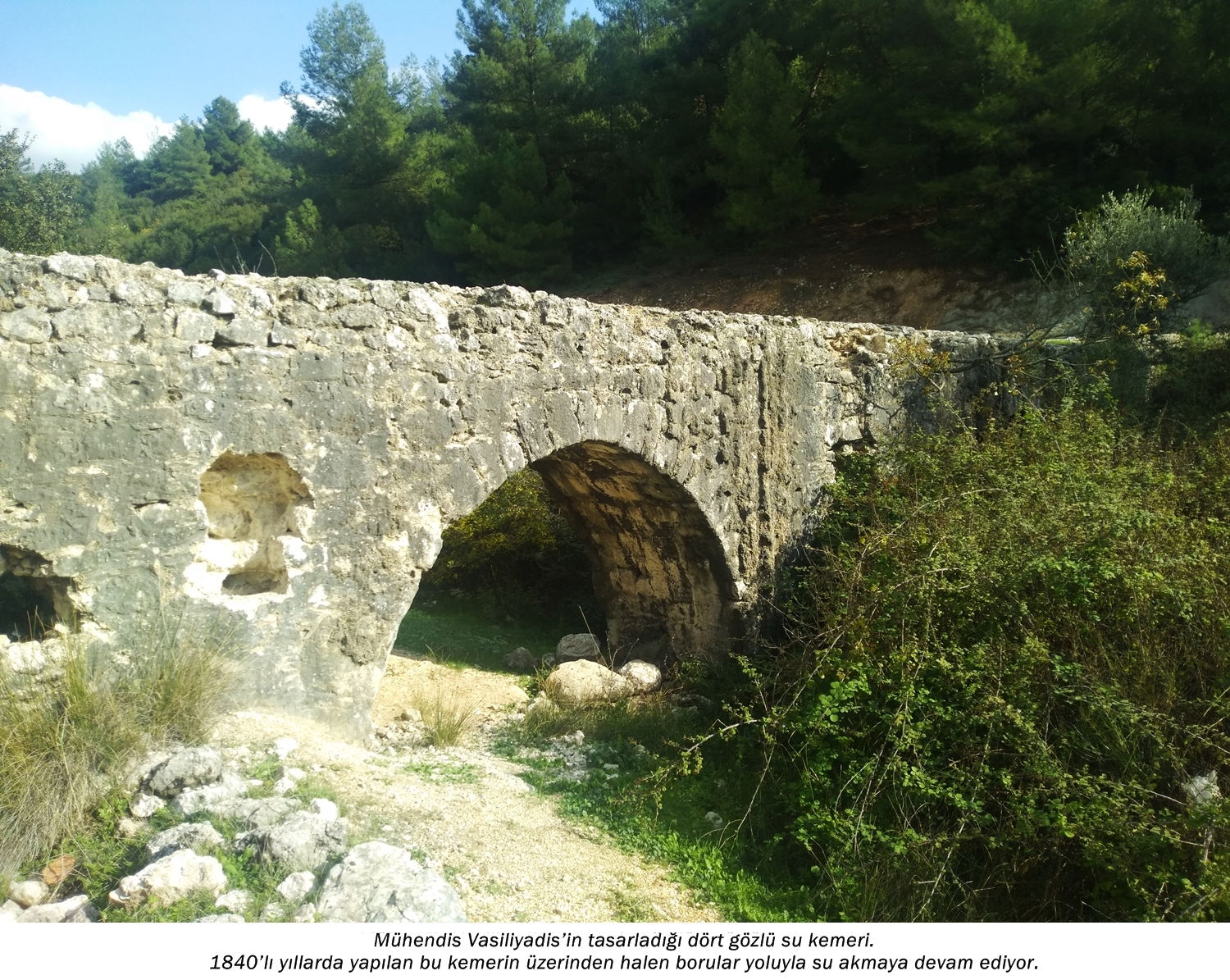
Although an aqueduct is mentioned in Kararas' book, it is understood that the aqueduct made of four-chambered stone was not the only aqueduct built by Engineer Vasiliyadis. From old maps and photographs, it is thought that the Kangöl waterway carrying water to Buca was supported by at least five aqueducts. Two of these remain. The reason why Kararas does not mention the others in his book may be that the others were destroyed by the time his book was published in 1962.
In his book, Kararas mentioned that after the aqueducts were completed, a water tank was built in the upper neighborhood of Buca, just above the Aya Yani Church. This large tank, located at the end of the waterway, was called "Little Kangöl" by the Greeks. Another name was "big fountain". Water was distributed to houses from this tank. Fountains were built in some parts of Buca and people started to take water to their homes from these fountains. Kararas mentions 2-3 fountains with Turkish inscriptions written in the Arabic alphabet. He also mentioned that some taps were built on the side roads, but did not give details. Even though Dokuzçeşme had not yet been built in this period, it is obvious that it received its water from this tank when it was built in the following years.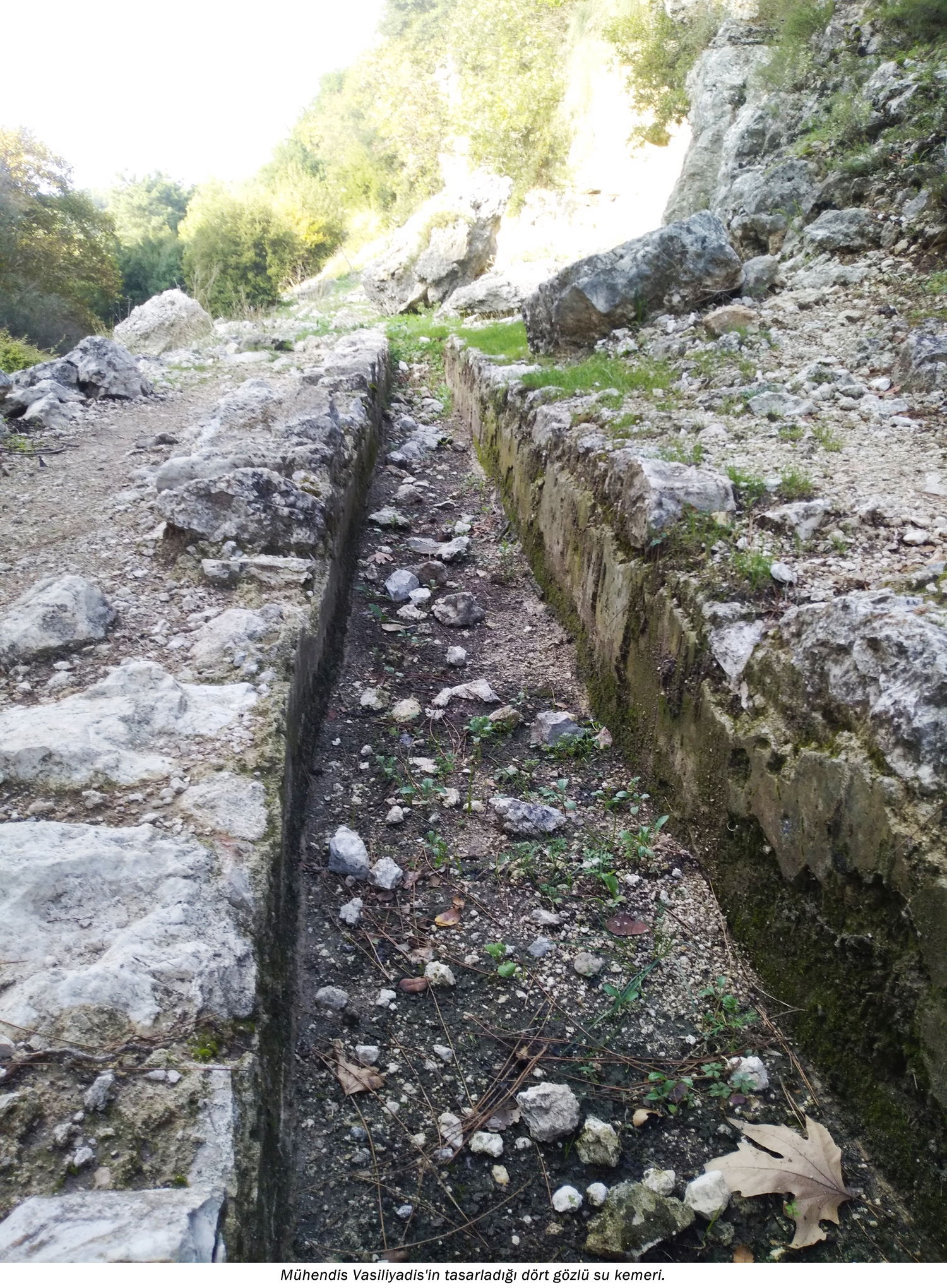
Although it is not a major problem in the following periods, it is understood that minor problems have occurred. However, the main reason for this is the people themselves. Martha Nicol stated in her book that there were problems with the water connections of houses from time to time. The reason for this is that a Turk or a Greek deliberately cut the water line. Kararas states that some neighborhoods in Buca are higher than the water tank and therefore the water does not reach those areas. According to Kararas, women from the houses in this region come to the areas where water flows with their cans, fill the water into the cans and carry them to their homes with their hands or animals. M. Nicol, on the other hand, mentions a conflict between the gang of a Croatian bandit named Lucca and the Turkish gendarmerie in one of the aqueducts, which is said to have been newly built. It is stated that Lucca and his gang know the area very well. From this, it can be concluded that the safety of the aqueducts and therefore the waterway could not be ensured to a large extent and that the waterway may have been deliberately damaged from time to time.
It is thought that the waterway was used in the same way during the First World War and the War of Independence. However, it is understood that water shortages occurred from time to time during this period. The population of Buca in the early 1900s increased compared to the past. In his book, Kararas mentions that the Rees family bought the land where Kutrufupulos' fountain is located during the Occupation Period and brought the water from the land to their mansions through pipes.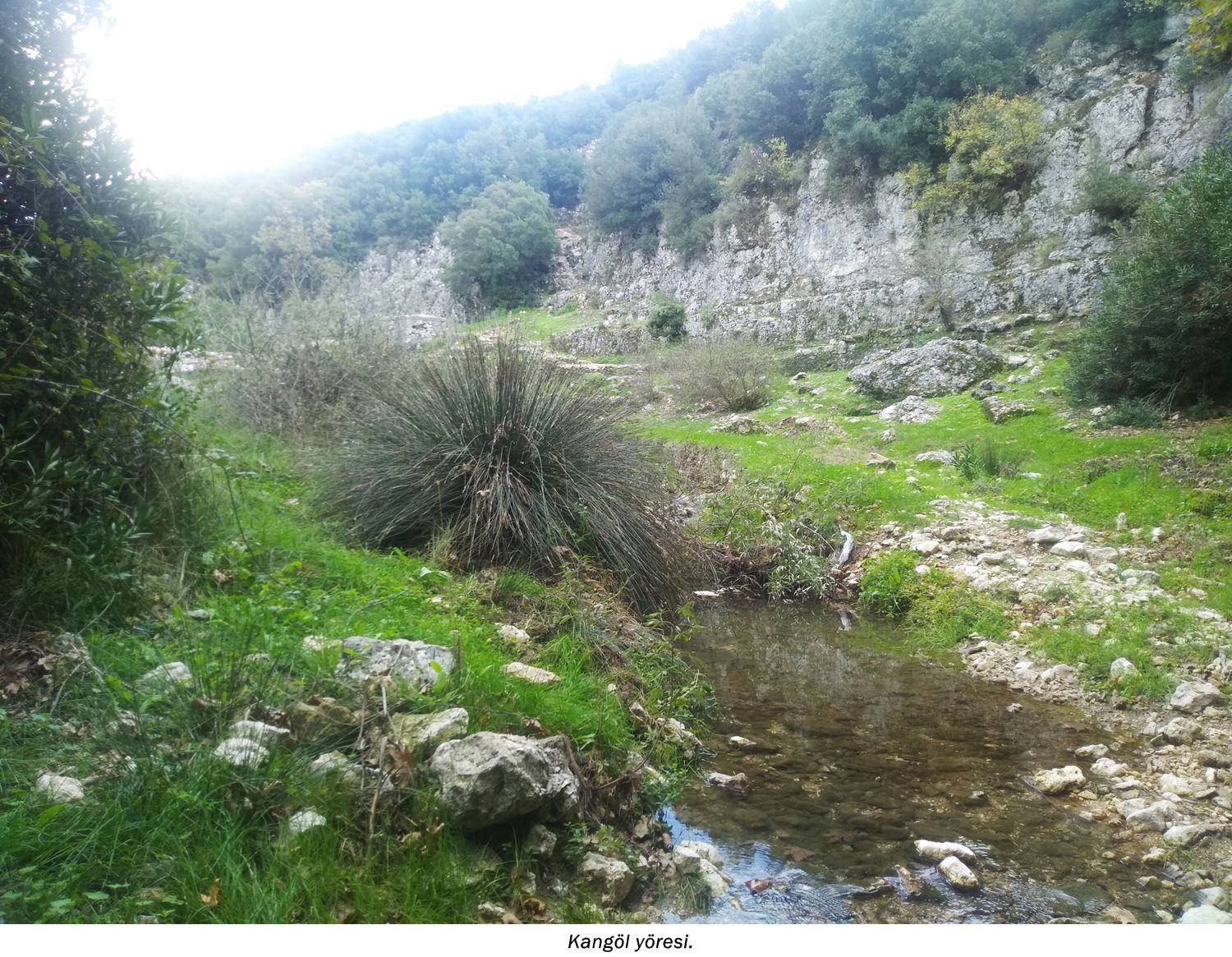
It is known that water shortages occurred again in Buca in the 1960s. During this period, Kangöl begins to become insufficient and gradually loses its importance. In 1967, the municipality tried to alleviate the water shortage by opening caisson wells 2 kilometers away from Buca. The population of Buca increases so rapidly that after a while these wells will not be enough and resources outside Buca will be used. Today, Buca's water is brought from outside Buca, from the rural areas of Izmir.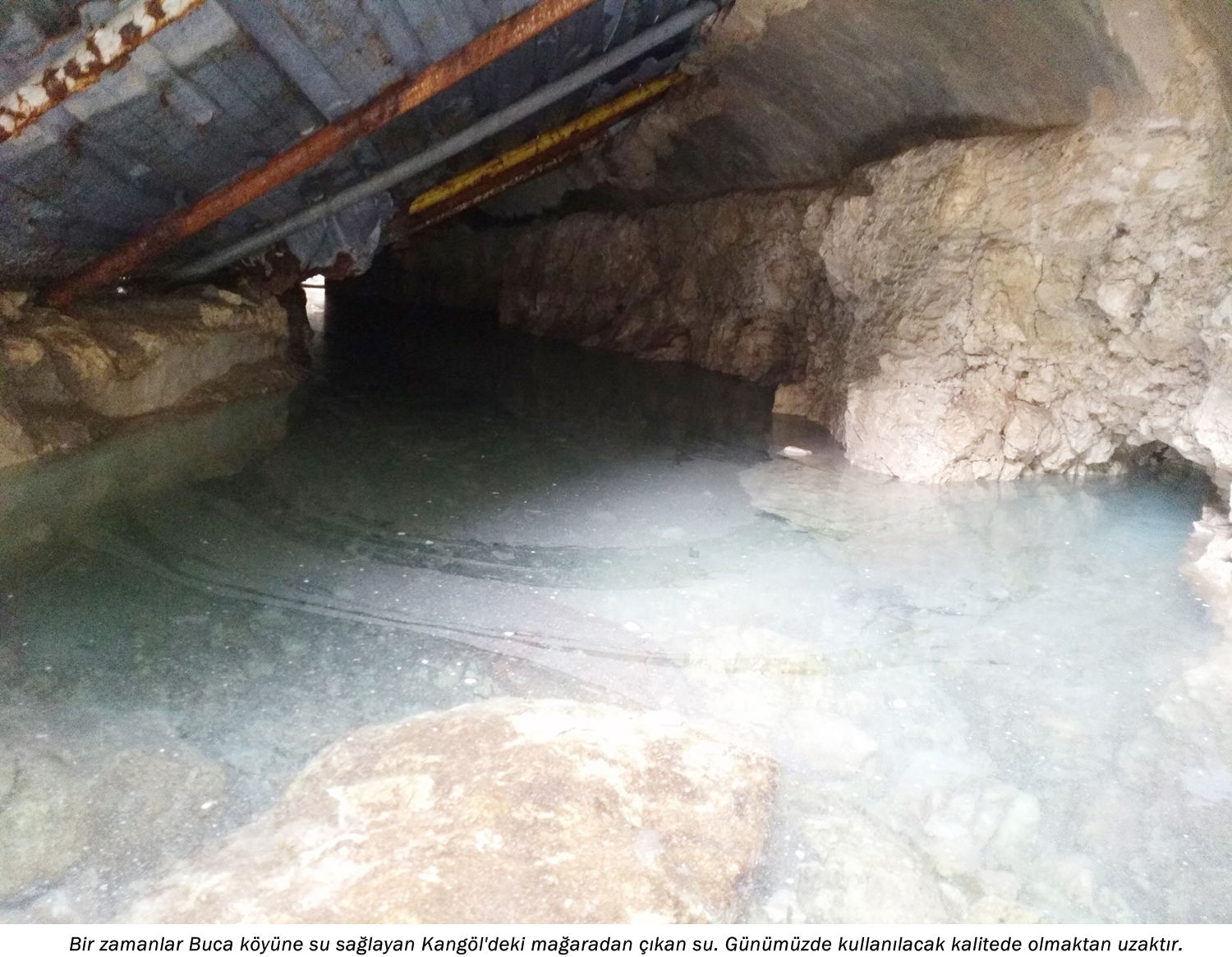
Buca, which preserved its village appearance until the 1950s, has become a metropolis today. Therefore, the entire functioning of the Buca settlement has changed. Kangöl also has a clean water source where water flows abundantly; It has become a source of low water flow and where water quality is questionable. Although its waters have become abundant with the rains, there is no trace of its former majesty. It is seen that the water coming out of the cave is chalky and has white particles. Of course, exactly what water contains will be determined by a research conducted by experts. In addition, it is seen that some branches of the Manavur stream formed by the Kangöl spring no longer carry water.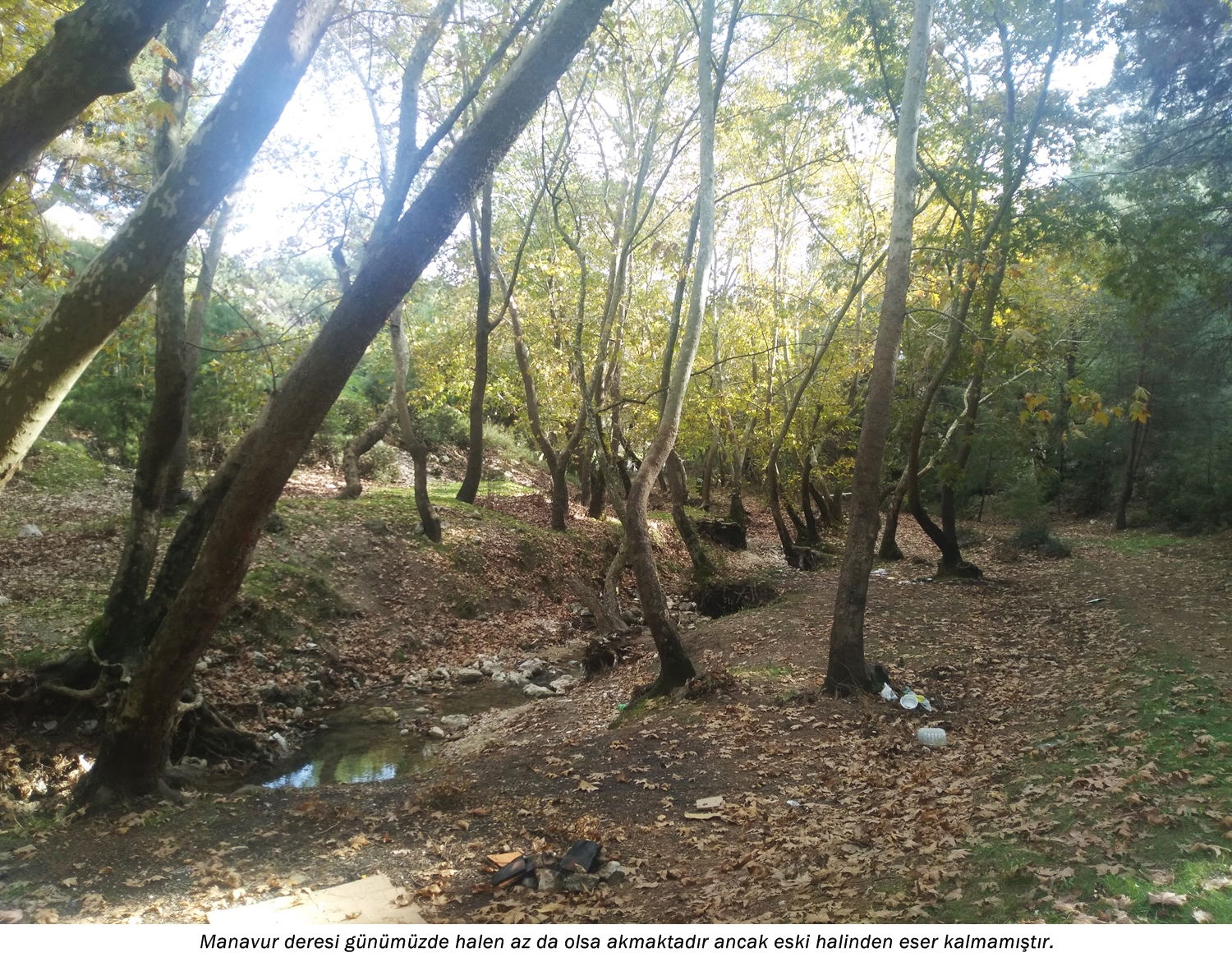

There are two aqueducts in the Kangöl spring area that have survived to the present day. These aqueducts were built to ensure that spring waters could reach the hill slopes. As Kararas mentioned, it is understood that the four-arched aqueduct was built in the 1840s. At least three more aqueducts were found built in the eastern countryside of Buca in the same period as this aqueduct. However, these arches have not survived to the present day. It is estimated that these arches have similar architecture to the four-chambered aqueduct and were built by the same engineer. Although the four-eyed arch has been destroyed compared to the past, it is still largely intact. A striking feature is that, although it was built in the 1800s, it was built with the Roman style rubble stone masonry technique. Indeed, in terms of its external structure, it is very similar to the northern aqueduct of the Kızılçullu aqueducts, which are works of art from the Roman period. Associate Professor. Ali Kazım Öz, in his article titled "A new discovery in Izmir: Kangölü aqueducts", described this arch as a Roman arch and it is indeed similar, but in Kararas' book, this arch, built by the Greek architect Vasiliyadis in the 1840s, is clearly described. Kararas described this arch as "three-eyed", but when you look closer, you can see another eye that has been filled with soil over time.
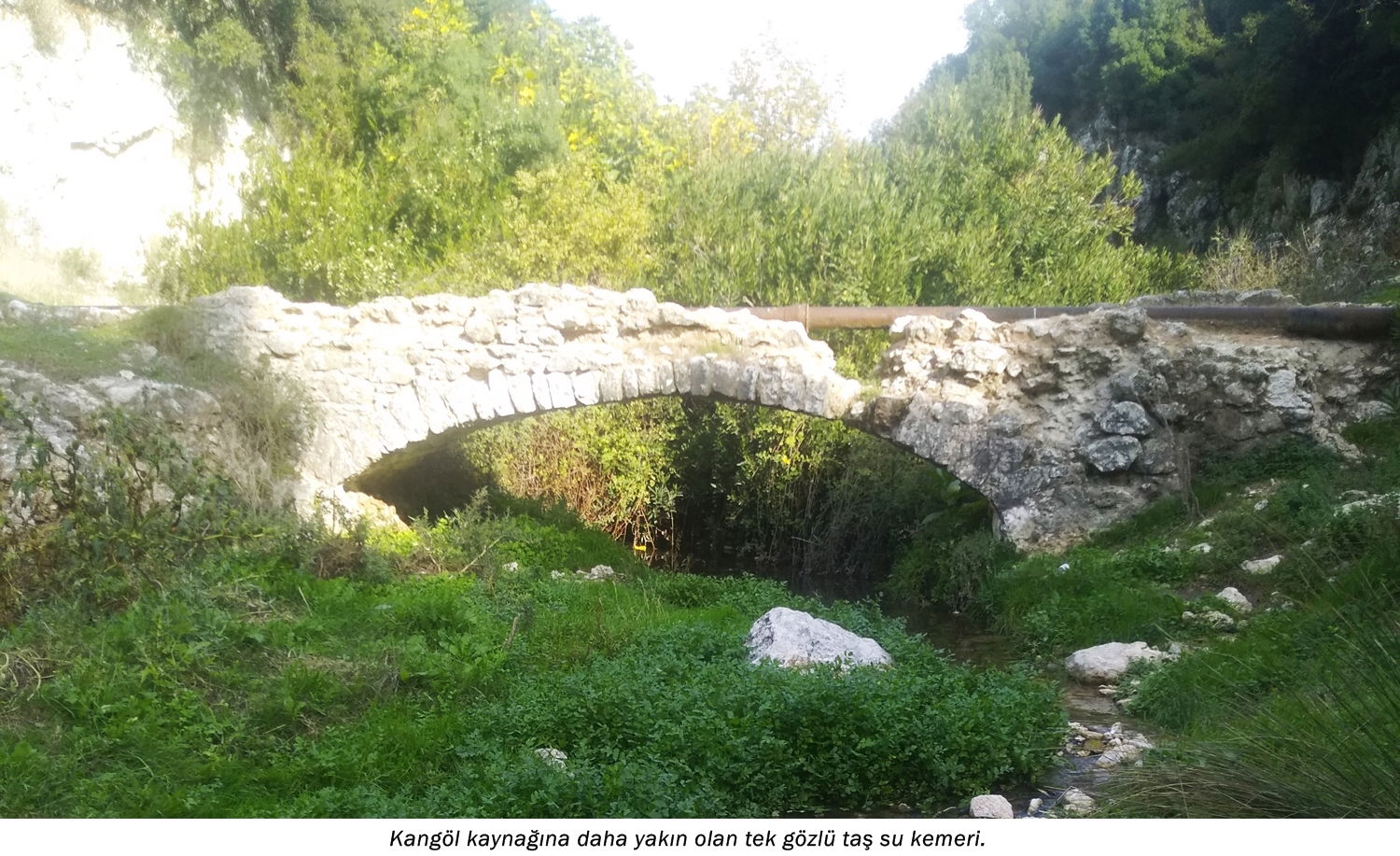
As can be seen, the waters coming from three springs in the Kangöl region (this number may have been more in the past) reach the Kokinos region in the southwest of Buca through two aqueducts, and continue north, around today's Tınaztepe, to the north of Buca village through at least three aqueducts that have not survived to the present day. was reaching. The waterway ending here, as Kararas stated, was transferred to a water tank just north of the Aya Yani Church in the upper neighborhood and distributed to Buca village. This is how the Kangöl waterway worked.
– Kangöl is under human threat –
Two historical aqueducts in Kangöl are under great threat today. The fact that the region is located in rural areas and does not have protection status puts the future of the arches in great danger. The damage caused by treasure hunters and vandals can be easily seen on the arches. In addition, the region is becoming a place for drinkers. Especially the single-arch aqueduct, which is located further inland, has suffered serious damage. This arch, whose stones were seen to be intact in the 1970s, has now lost almost half of its stones in the main body and the water pipe inside has been completely exposed.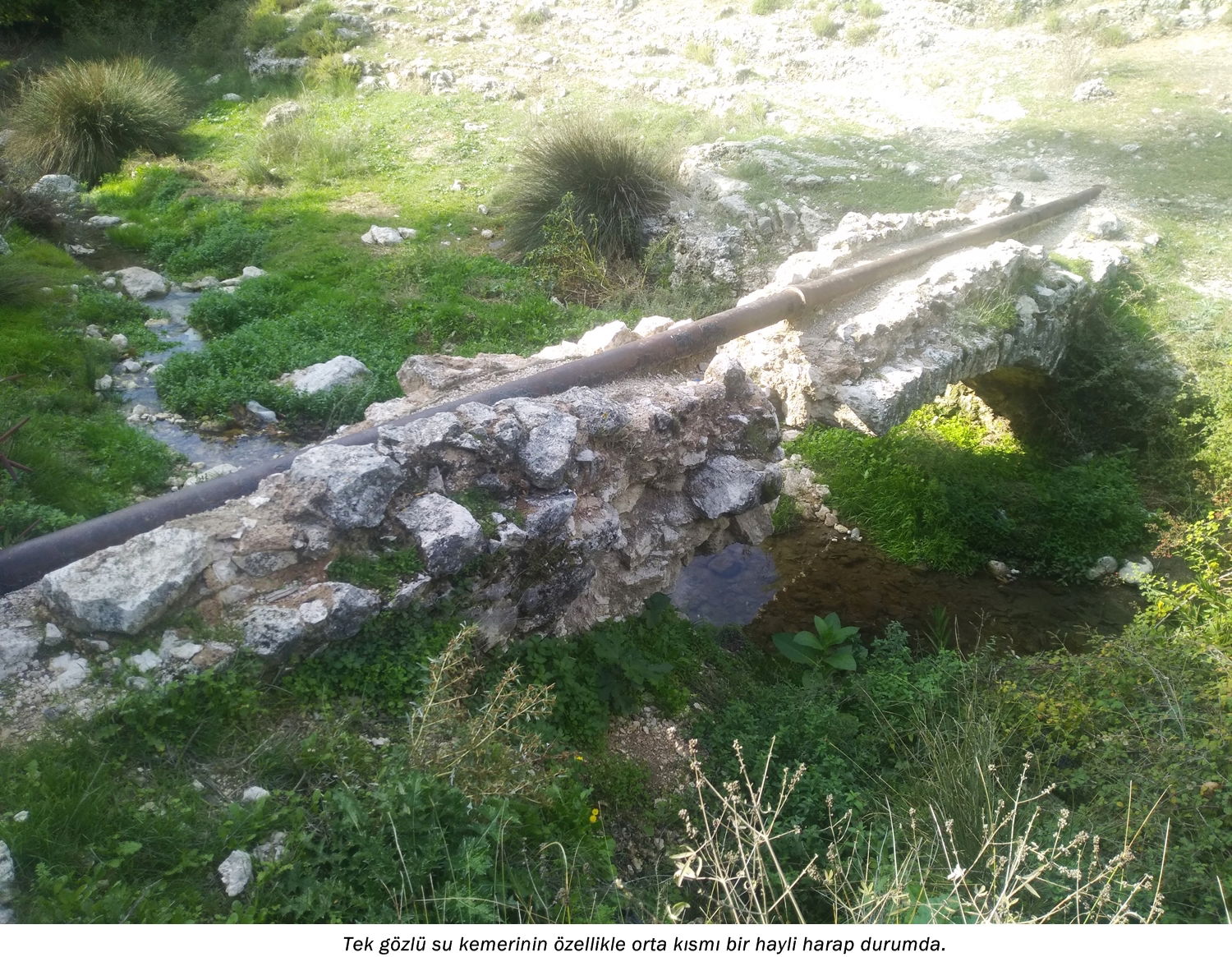
Kangöl region is the only region in Izmir where historical waterways can be preserved. In addition to the historical arches, there are still pipes carrying water, water tanks, and open and closed tunnels in which the water pipes are placed. Kangöl is, in a sense, an open-air museum for historical waterways. In order to prevent further damage to the Kangöl region and historical arches, the region must be declared as a protected area immediately. It would not be a surprise if this region disappears if conservation status is not declared and the region is opened to construction in the future.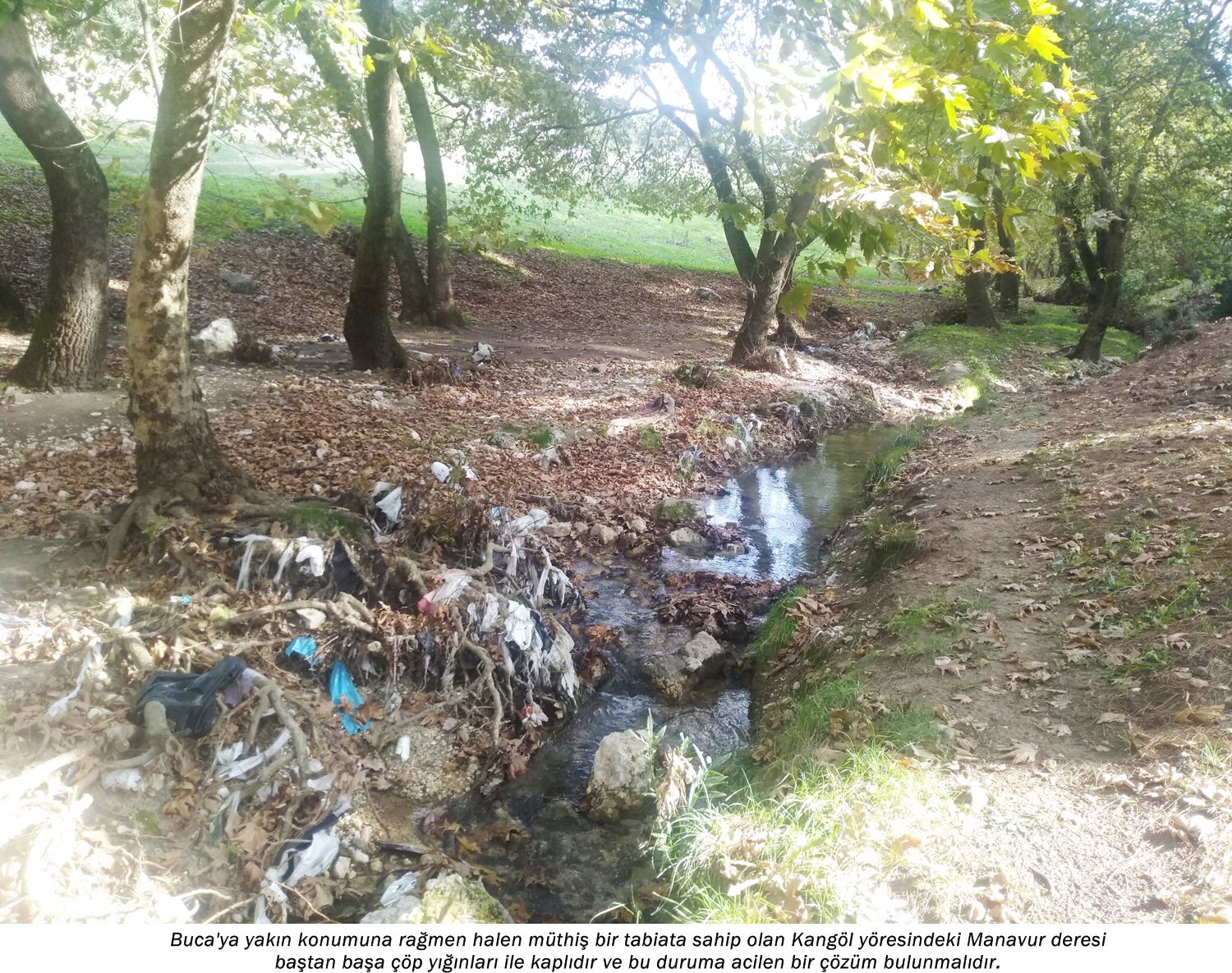
This article was created by atalarimizintopraklari.com. All rights reserved. All or part of this article cannot be used in books, magazines or newspapers without citing the source.
– Sources –
Buca: İzmir’in çiçek köyü, Nikos Kararas, 1962
Ege Tecim ve Endüstri Büyük Kılavuzu, 1937
Ismeer, or, Smyrna and its British hospital in 1855, Martha Nicol, 1856
İzmir’de yeni bir keşif: Kangölü su kemerleri, Ali Kazım Öz, 2019